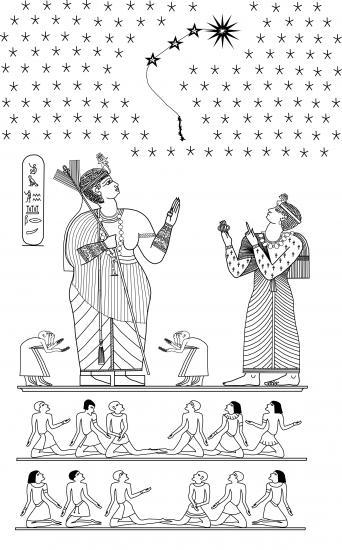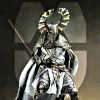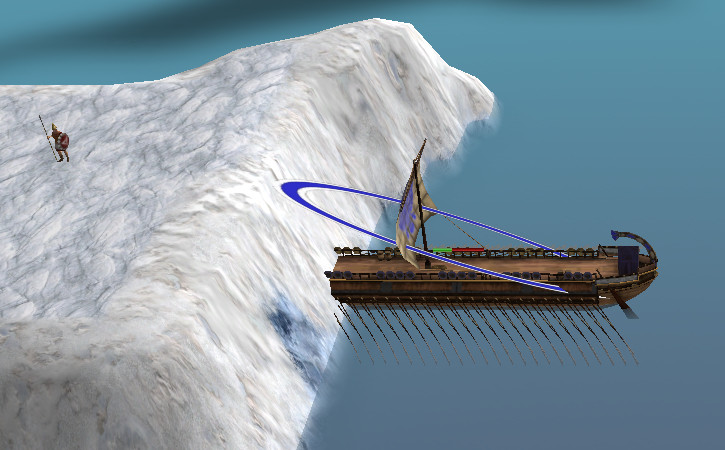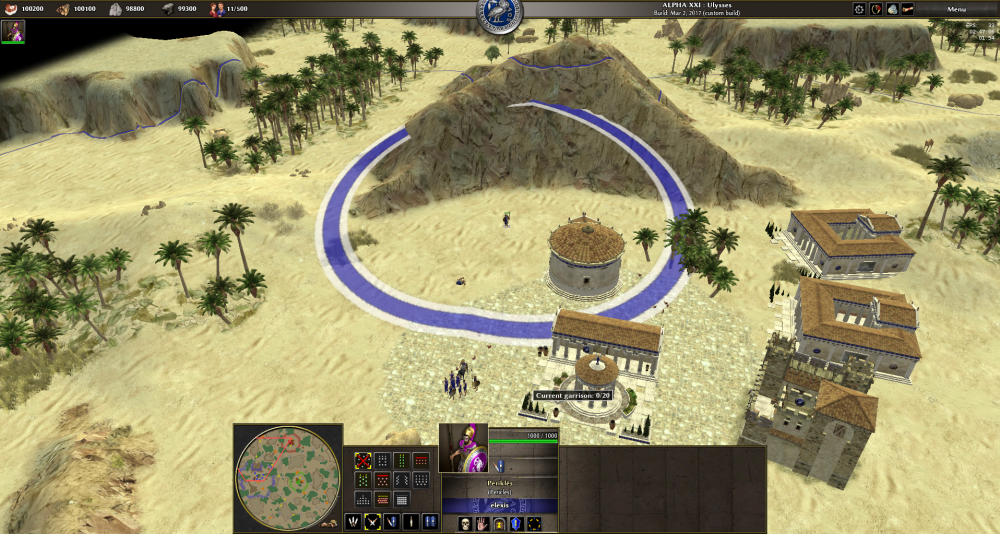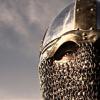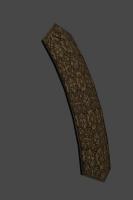Leaderboard
Popular Content
Showing content with the highest reputation on 2017-04-06 in all areas
-
I think Servo definitely has a point, in making sure that people who play predominantly in single player should be able to get the most out of the game. Sometimes there seems to be an unhealthy infatuation with the online game. This obsession with making everything as streamlined and competitive as possible might actually lead to limiting options, and taking away enjoyable content from the mass of offline players who enjoy the freedom to take the game where-ever they want to take it. The game in itself is very moddable for a modder, but let's not forget the possibilities of "in game" modding. The ability to customize your civ the way you like it, and I think this includes the choice between battalions, and no battalions, and the ability to add or subtract individual units from these battalions. The way the AI will make use of these new features and how players adapt to this is indeed quite relevant (every aspect of the game is interconnected with every other aspect of the game).3 points
-
Of course the team can do whatever they want to with my proposal: include some of the ideas or ignore all of them completely. However, I find the battalions to be crucial to the combat mechanic, so much so that I'd rather they just ignore my whole proposal if they don't implement battalions. Soldiers don't fight as individuals in ancient combat. It's just not done. Even in the "age of heroes" with "single combat", the bulk of the battle was completed by formations of soldiers. If you want combat with individuals making great big choices for themselves, then don't make a strategy game based on ancient combat, especially not based on Romans and Greeks who prided themselves in their formation combat! That's just my PoV.3 points
-
<?xml version="1.0" encoding="utf-8"?> <Entity parent="template_entity_unit_battalion"> <Battalion> <LineUnit>units/athen_infantry_spearman_b.xml</LineUnit> <NumberOfUnits>24</NumberOfUnits> <SpecialUnits> <StandardBearer>units/athen_infantry_standardbearer.xml</StandardBearer> <Officer>units/athen_infantry_spearman_officer.xml</Officer> <NoiseMaker>units/athen_infantry_noise_maker.xml</NoiseMaker> <Healer/> </SpecialUnits> <Directional/> <Permanent>true</Permanent> </Battalion> <Cost> <Population>10</Population> <PopulationDivisible>true</PopulationDivisible> <BuildTime>60</BuildTime> <Resources> <food>500</food> <wood>400</wood> <stone>0</stone> <iron>0</iron> <coin>0</coin> <glory>0</glory> </Resources> </Cost> <Health> <RegenSoldierRate>10</RegenSoldierRate> </Health> <Identity> <GenericName>Athenian Hoplites</GenericName> <Formations datatype="tokens"> formations/battle_line formations/column </Formations> <FormationModifiers datatype="tokens"> formations/modifiers/close_order formations/modifiers/open_order formations/modifiers/locked_shields </FormationModifiers> </Identity> <Looter/> ... </Entity> So, there would still be "single soldiers" in the game, easy for modding or modes, or scenarios. The battalion entity simple calls and places these soldiers into the battalion, what you train is the battalion template in a standard match.2 points
-
AI has something to do with my post because as I said I mostly play single player mode. I don't know what code are you talking about but game developer should have idea how a player can go beyond a maximum limit like in the case of BFME. It's very simple and only needs a common sense. My game or how I play my game is influenced by the AI behavior. It's like as simple as if I play against easy AI what will I get? Will I enjoy? If so I go to hardest, will I enjoy? If not I will think of what makes me enjoy. Maybe against 3 hardest AI will I enjoy? Can I succeed? Did I achieve what I like the game to go to? Did I protect the trees from being cut in my area? Did I preserve more animals, did I protect the apple tree of not getting harvested. Did I make my units promoted? Did I have zero losses against 3 hardest AI? Did I cheat?! Is there a cheat?! These are things I try to enjoy playing 0AD. There are things that I like to enjoy from RTS PC games and so far 0AD is the best I can have in playing against AI but this game has more potential to be more enjoyable and I guess making units in battalions is going to make the game unreal. why I play the game heavily it's because of unit promotions, individual units, walls, and quite real historical civilization. I can understand that units that comes out of the barracks should be in battalions but make it more realistic. Don't make this units become gay. Every man should be given a chance to mingle with a woman. As Leo Karsen said disband. Yeah I saw this in some games like Stronghold you can have battalions but every unit in a battalion can be ordered individually, either disband or raid etc. Detach is a simple word and also applied in military terms. Btw when I said disciplined army I'm referring to a battalion.2 points
-
Kushites through the eyes of others Greek depictions of black Africans, presumably of Sudanic ancestry: 2nd century bc head of an African possibly manufactured in Turkey "Bigio Morata" Vase in the shape of the head of an elderly black man greek c 530 bce terracotta 17.7 cm museum of fine arts boston department of classical art Aryballos in the form of an African The Walters art museum, 5th century greek, reminiscent of Sotades Attic vase, Sotades' style Red-Figure Horn-Shaped Rhyton depicting a crocodile attacking a Nubian, Greek, c.350 BC (clay). Sotades (fl. 350 BC) An "Ethiopian" soldier in the Persian army. Attic black-figure white-ground alabstron, ca. 480 BC Caeretan Hydria showing Herakles and Busiris with "Egyptians" Attic Greek vase depicting Memnon with ethiopian clubmen and archer. Memnon was an "Ethiopian" King and ally of Troy, killed by Achilles in the Trojan war. Ethiopian king memnon with some of his men Detail of one of Memnon's Soldiers The Departure of Memnon for Troy, Greek, circa 550-525 B.C. Greek coin, uncertain mint, Hemistater 5th century BC "This fine statuette shows the careful observation that reflects firsthand knowledge of the subject. The distinctive garment is characteristic of artisans, especially those working in the heat of a foundry, forge, or brazier" 2nd 3d century BC Kushites through the eyes of the Ptolemies Black youth with hands bound behind his back, found in the Fayum near Memphis Egypt 2nd -1st century BC Head of an Aethiopian depicted in Hellenistic mode ptolemaic period 330s BC.jpg Through the eyes of Etruscans: Terracotta vase combining the distinctive neck of the Shape VII oinochoe with a naturalistic head of a young black-African boy, Etruscan 4th century BCE Through the eyes of the Minoans: Fragment of a fresco depicting a running military detachment. The leader wears minoan loincloth, named the captain of the blacks because he is followed by two black men, perhaps African soldiers in service of the palace. Through the eyes of the Romans Head of a Black youth (gray basalt) BCE, Roman Roman bronze of an African Roman lamp depicting an African Terracotta statue of an African boxer staggering back from an upper cut. Roman 2nd Century BC-1st Century BC Through the eyes of the Assyrians Neo-Assyrian relief of their conquest of a Northern Egyptian city, held by Kushites. Kushite prisoners of war are seen being marched off, and being taunted with the decapitated heads of their captains. Detail from the victory stela of the Assyrian King Esarhaddon showing Prince Ushankhuru [the smaller one of the two captives], Taharqa's son and heir to the throne, in bondage. Nimrud Ivory, Nubian tribute bearer One of the finest pieces from the Nimrud Ivory collection, depicting a Kushite being attacked by a lion.2 points
-
Welcome. here are the list of issues that the team knows. 1-bug and pathfinding issues. The team are aware about this for years, isn't easy to fix. 2-pathfinder bug. 3-formation are broken and are explained inside the game, again related to pathfinder. 4- pathfinder 5-check out the middle panel the blue shield and the sword if you move the mouse hover a tooltip will be show it. or you can check the tech tree. 6-is a lack animation of capturing, the units capturing by default, to perform an attack, ctrl to enemy building to attack instead capture.( the animation are fixed with new models in next A22 release) 7-You can do many thing in that situation select them and press H ( they stop) and defende theirselves. ( the list of commands you can found in "learn to play") many commands aren't added to GUI. @feneur sorry never mind.2 points
-
2 points
-
2 points
-
To be clear, I definitely don't think the term slave should disappear or be euphemized (at all), I just don't think it should be the only dedicated labor force you can recruit. I just love diversity in a game, and the ability to recruit slaves (cheap and vulnerable) vs (paid) laborers (more expensive but stronger and more efficient) would be something I'd personally enjoy a lot. Just as much as recruiting farmers for my fields, or builders for construction. Someone very naughty always tells me, "variety is the spice of life"...1 point
-
Yes they commerce with that, Dacians for example change slaves and resources with Romans when Domicianus was emperor in order to bribe them to don't sake Moesia. Yes I never ear or know about slavery into the Iberian society. but The Empires was his engine of do mostly of things not only economic. https://en.m.wikipedia.org/wiki/Celts1 point
-
Celts and Germans definitely had slaves. Iberians is the only one I am not sure of their status on this item. Some sources claim Persians don't have slavery, others do. The ones that say they don't have slavery seems like semantics to me, kind of like saying the Spartans didn't have slavery, they had helots, which are almost identical to slaves in most respects... But they don't have to be called a "Slave" genericly in the game. "Laborer" is fine for the generic name, while for most their specific name would be "Slave" in their specific language. "Thrall" works too. But we can just say, "this is the Helot, the Spartan slave class of unit," and it still works fine. /The exact word does not matter to me one bit, though I tend to prefer to call something what it is: slavery.1 point
-
I'm getting the following error when browsing tickets in Trac when trying to browse tickets: ==== How to Reproduce ==== While doing a GET operation on `/report/3`, Trac issued an internal error. ''(please provide additional details here)'' Request parameters: {{{ {'id': u'3'} }}} User agent: `#USER_AGENT#` ==== System Information ==== ''System information not available'' ==== Enabled Plugins ==== ''Plugin information not available'' ==== Python Traceback ==== {{{ Traceback (most recent call last): File "/usr/local/trac-1.0.1/lib/python2.6/site-packages/Trac-1.0.1-py2.6.egg/trac/web/main.py", line 497, in _dispatch_request dispatcher.dispatch(req) File "/usr/local/trac-1.0.1/lib/python2.6/site-packages/Trac-1.0.1-py2.6.egg/trac/web/main.py", line 234, in dispatch req.send(output, content_type or 'text/html') File "/usr/local/trac-1.0.1/lib/python2.6/site-packages/Trac-1.0.1-py2.6.egg/trac/web/api.py", line 490, in send self.send_response(status) File "/usr/local/trac-1.0.1/lib/python2.6/site-packages/Trac-1.0.1-py2.6.egg/trac/web/main.py", line 79, in send_response self.session.save() File "/usr/local/trac-1.0.1/lib/python2.6/site-packages/Trac-1.0.1-py2.6.egg/trac/web/session.py", line 155, in save for k, v in items]) File "/usr/local/trac-1.0.1/lib/python2.6/site-packages/Trac-1.0.1-py2.6.egg/trac/db/util.py", line 139, in executemany cursor.executemany(query, params) File "/usr/local/trac-1.0.1/lib/python2.6/site-packages/Trac-1.0.1-py2.6.egg/trac/db/util.py", line 85, in executemany return self.cursor.executemany(sql_escape_percent(sql), args) File "/usr/local/trac-1.0.1/lib/python2.6/site-packages/Trac-1.0.1-py2.6.egg/trac/db/sqlite_backend.py", line 62, in executemany args) File "/usr/local/trac-1.0.1/lib/python2.6/site-packages/Trac-1.0.1-py2.6.egg/trac/db/sqlite_backend.py", line 48, in _rollback_on_error return function(self, *args, **kwargs) DatabaseError: database disk image is malformed }}}1 point
-
1 point
-
What about calling the slaves "laborers" instead, representing slaves, as well as indentured laborers, landless farmers, dispossessed minorities and convicted criminals. Just an idea (a little less politically insensitive, and more historically accurate). Some civilizations made extensive use of slaves, others barely, so that would also solve that issue, seen as everybody made use of laborers in one way or another. Maybe the "type" of laborer could depend on the type of resource you're collecting, the drop-site you're recruiting from or what civilization you're playing: "farmers" from farms, "slaves" from mines, "regular laborer" for wood cutting and building from regular drop-sites. Or something like that?1 point
-
After a while (more than 1 hour) the game server crashed. Its not the first time, the game crashed on this way. I have attached all log files. crashlog.dmp crashlog.txt system_info.txt interestinglog.html mainlog.html EDIT: Sry, wrong forum! Can an admin move it to https://wildfiregames.com/forum/index.php?/forum/378-bug-reports ?1 point
-
That's what the dmp file is for (which as one could guess is a dump file of the program state), but for debugging those one needs a Windows development environment.1 point
-
Pop cap over maximum depends on the game code. If the pop is used from the point when the unit training starts it's harder to create situations where the pop cap is above its maximum. Overall I don't get your point. AI has nothing to do with either pop cap or battalions itself. The last paragaph doesn't make any sense either. I think you're mixing several independant aspects which do not belong together.1 point
-
1 point
-
The People of Kush: An Illustrated Update The following post will be a lengthy visual reference guide to the people of Kush, as depicted by themselves, Ancient Egyptians, Greeks, Romans and Assyrians. Please note that many images have already been shared in previous posts, so I will be concentrating only on those images that haven't been shared yet. Kushites through their own eyes The following images all date to approximately 700BCE to 200AD. One of several thousand shabti's from Taharqa's tomb More of Tahrqa's Shabti's A Kushite statue probably depicting Taharqa Taharqa Taharqa Aspelta 600-580BCE Aspelta Statue depicting Queen Shanakdakhete of Meroe Statue of Horemakhet, son of Shabaqo, High Priest of Amun in Thebes, during the 25th dynasty rule of Kush Statuette of Taharqa King Shabaka Unspecified Kushite ruler Unspecified Kushite ruler Maleton, governor of Karanog Queen Amanitore and King Natakamani being blessed by Apedemak Queen Amanishakheto and Amanirenas(?) or Amanitore (?) Amanishakheto observing stellar movements. Astronomy was probably a central aspect of Kushite religion. Funerary stela of Meteye. The swastika on the ladies dress is another possible clue to ancient Indian influence. Offering of milk to a Meroitic ruler and/or god Stela of Queen Amanishakheto and the goddess Amesemi, found in the hypostyle hall of an Amun Temple Relief of Queen Amanishakheto Naqa King Amanikhabale with the goddess Mut and Amun Kushite Reliefs: These reliefs are especially valuable as a source of inspiration for Kushite scale armor, which are shown extensively here. From the Lion temple at Musawwarat es Sufra Natakamani and Kantake (Queen) Amanitore saluting Apedemak From the Lion Temple in Naqa The Lion Temple in Naqa Kushite relief showing Apedemak and a Meroitic ruler Wall paintings in the tomb of King Tanwetamani, (nephew of Taharqa) in El Kurru Royal cemetery This colored rendering of a Kushite relief was created by someone on the Ancient Empires mod-team for Total War. Queen Amanitore sandstone relief - detail ca. 1-25 AD. Kingdom of Meroë, from a temple in Wad Ban Naga Sudan. Relief from the chapel of king Amanitenmomide from Meroe, Berlin, Egyptian Museum, Slab from the end of a coffin bench Nubian Meroitic Period early 2nd century B.C. Object Naqa relief1 point
-
1) Often fishing or merchant unit ships cant find a free way to go back port and begin to "dance" one with other and stay there forever. 2) Often big units as elehant, but some times also soldier units, cant walk to a selected point and stop (walikin) close a rock or a depression, they stay, walkin, in that point. 3) Often when u select a formatiion and click in a random map point, the formation go to another point of map (random). 4) Often big units cant disengage to a fellow blockin unit and dont go as they forget the road or free space to go. 5) Units dont have the stats as attack, defence, ecc.( I would know which unit is powerful for a specific strategy, i can see only life points) 6) When I click to attack for conquest anenmy building all units go to that building and the surplus going around whitout attack any. 7) When i send soldiers to mine or harvest other site, when enemy attack them they go on in harvest instead defend themselves. I like this game!1 point
-
Yes sounds like Caesar (Simcity builder) series. But is incredible some people takes the game some time to make a city.1 point
-
So... what is the problem to add a population popcap to the soldiers? Battalions can of course have variable pop cap. Each soldier counts towards it, with an individual value.1 point
-
The battalion thing is better How Rise and Fall CaTW manages this. the battalion were intelligent if units were idle that tend to form battalions. they can disband from battalion.1 point
-
My point of having units created in battalions is that a unit can't detach from it. If the battalion is almost wiped out some remnants could go back and heal then regenerate into the same battalion? If this is so then it's not Real. In BFME 2 I like it in such a manner that I could produce more units despite population capped and units can be coupled with ease because you produce only 5 units. But in RoN it's not because the 3 units count as one even if two units out of 3 died. When I play 0AD I make sure that I have 10 units of each citizen soldiers that can be fully promoted so they can operate in battalion formations. I produce battalions of champions but guess what does the AI fight in battalions? In multiplayer the players play to win in many ways real battle between huge armies doesn't occur unless there will have mutual agreement as to when and where battle occurs. Or in scenarios where players are to follow specific instructions. But when the battle commences units scatter all over the place. In real battle it's the same units could end up fighting individually. In 0AD when I put my units in formations it's so hard to extricate wounded units if they are attached or it's very hard to maneuver when marching in tight spaces. I hope a hot key can be provided to deselect the heavily wounded units from a group like the one in RoN which i select all units then I think press "alt-number" and heavily wounded units are highlighted.1 point
-
1 point
-
The men destroy their enviroment. Many cultures collapses because this. you can suggest a mechanic from EE1 where animal reproduces but never reach more than a number. but with forest isn't the same deal, this depends of many biome factors. Some Mayan cultures for example destroyed their enviroment and their Fields ( Milpa). Egyptian haven't enogh wood so they commerce wood for gold with Libanese cultures.1 point
-
Since the translations are updated all the time, it would be better to use the SVN version of the game (else you will not see most translations at all). Also one can place the files in the corresponding mod folder in the user modifiable path (or in the user mod if one is especially lazy and can deal with the breakage later). Also just placing the files next to the zip, but with the correct folder structure also works (take care that the file timestamps are more recent than those in the zip). This is however slightly uglier than just using the user writeable mod folder.1 point
-
1 point
-
For the engine, the file is: C:\Users\<username>\AppData\Local\0 A.D. alpha\binaries\data\l10n\<locale>.engine.po For everything else: Go to C:\Users\<username>\AppData\Local\0 A.D. alpha\binaries\data\mods\public Unzip public.zip Replace the files in the l10n subfolder Zip the public.zip file back up with the changed files in it1 point
-
Can be seen in the replay when clicking on the unit. The last rework of that "ConquestCritical" entity flag was in #3229. I recall players can still survive with docks (so they could still be able to produce military and trade ships. Docks give population too, so if one has many docks, one could do something with it. Should probably remove it though.) Looking at the fishing ship template, the "-ConquestCritical" removal doesn't exist there either, so should likely be added there. While at it, might think whether we find some other units that shouldn't stop the player from getting defeated. Someone said he survived a game with a Healers. Same story... He could do something with it, but on the other side, he won't be able to rebuild.1 point
-
If it's for testing, the easiest is probably to run the development version of the game, where the translations are updated regularly. See http://trac.wildfiregames.com/wiki/BuildInstructions for more info. Otherwise, it's similar to creating a mod, where you replace the *.po files under the l10n directory with your own files.1 point
-
Actually, this layout is good. Units have clear roles, economic and fighting units are separated from each other. Would support that for sure.1 point
-
That's the Battle Realms mechanic I was talking about. At the start of the game, no Civic Centers at all. After all, it makes more sense that civilizations start from a nomadic setting. You start by building houses and set up your Village from there.1 point
-
Battle Realms Mechanic: At the start of the game, there's no structures. You can build a house (I don't really remember, so I'll call it a house). It serves both as a dropsite, and a means to train peasants. Should that work?1 point
-
I support this. It really makes me strangely upset to see people put fields around their CC… I mean, C'mon!?!? Are you building a town or an elaborate plantation??? The area around the CC should indeed never be used for farming, but for city-building… Making people use drop sites to drop resources makes perfect sense to me… Perhaps making the farm a prerequisite for the field is a logical alternative that should solve the issue… Or for every farm, you can plant x-amount of fields.1 point
-
I'm going to stick to my proposal of: Slave - pure econ, very slowly dies when gathering, perhaps has male and female versions with slightly different roles Citizen - who can muster into militia when called; has aura that boosts slave gathering, aka "Slave Ownership"; who is the primary builder unit Citizen-Solders - these are your cheap barracks military units that you use to mass for attacks or defense, who also boost slave gathering rates because they are citizens with the "Slave Ownership" aura; who can build military buildings, but do not gather; who are trained as battalions Champions - trained in battalions from fortress or special buildings; your professional soldiers; can upgrade each battalion individually with cool units to boost their battalion effectiveness or boost nearby citizen soldier battalions; limited training in some way, either hard limit or some sort of soft limit. Heroes - some, usually fighters like Leonidas or Scipio Africanus, are trained in battalions, while others, like Chanakya for example, are trained as singles; number of auras is reduced and/or rebalanced.1 point
-
I like the idea of markets generating income too and this should be done imho. We can decide on the balancing later. Notice if you want to prevent creating more than N traders, it may not be incentivized to produce more. Currently having women on fields in late-game is useless usually as trade generates income faster.1 point
-
Gupta military organization The Military of the Gupta Empire The stalemate was eventually broken by the Gupta Empire, although they never were able to take over the central Duncan Plateau, Southwest or Southern regions. Forming in the Northeast of India, the Gupta Empire (320 to 550 CE) is considered a golden age of Indian and Hindu history. This was a time when Indian culture flourished in all areas but like all empires it was made possible by a powerful military. The military of the Gupta Empire remained based on the traditional four part armies of the past; however the chariot had been replaced by mounted cavalry by this time. They modeled the dress (trousers) and armor of their cavalry after the well clad and equipped Kushans. However, despite the use of horse archers by their enemies such as the Scythian, Parthian, and Hepthalite (White Huns or Huna) they never developed their own. The Gupta favored armored cavalry forces that attacked with lances or swords. The Gupta military continued to rely heavily on infantry archers, which was an effective counter to mounted archers. One advancement the Gupta military made they made in archery was creating the steel bow; this weapon could match the power of the composite bow while not being subject to the problem of warping do to humidity. This incredibly powerful bow was capable of excellent range and could penetrate thick armor. However, steel bows would have only been used by elite or noble class warriors while common archers continued to use the highly regarded bamboo longbow. Iron shafts were substituted for the long bamboo cane arrows when armor penetration was needed, particularly against armored elephants and cavalry. Fire arrows also were employed by the Gupta, their long bamboo cane arrows being particularly well suited for use in these operations. Gupta archers were protected by infantry units equipped with shields, javelins, and swords. They had no particular uniforms and dressed in accordance to their indigenous customs. Some warriors wore a type of tunic spotted with black aloe wood paste, which could be a type of tie-dye (or bandhni) that may have functioned as an early type of camouflage. Indian Gupta era infantry rarely wore pants, instead going into battle with bare legs. Skullcaps (more common) or thickly wrapped turbans were worn around the head to give some protection. Shields were generally curved or rectangular and featured intricate designs, sometimes decorated with a dragon’s head. The swords could be long swords, curved swords or daggers. Elite troops and nobles would have had access to armor, such as chainmail, although the hot Indian climate can make heavy armor unbearable. Use of a breast plate and simple helmet would have been more common. They had access to better steel weapons as well, such as broadswords, axes and the Khanda, a uniquely Indian sword with a broad double blade and blunt point. The Khanda was a slashing weapon and considered very prestigious. Steal was developed in the Tamil region of Southern India between 300 BC and the start of the common era. Steal weapons were highly prized and traded throughout the Near east and ancient Europe. Indian steal was legendary for its tensile strength and knowledge of it fueled a quest for improved metallurgy across the Near east and Europe. By the time of the Gupta’s steel weapons would have been more come common in Indian warfare, but still only used by elite warriors. War elephants continued to be used and pacaderm armor was advanced throughout this a period. Elephants remained a component of the combined arms tactics employed by Gupta generals. The use of war elephants coordinated with armored cavalry and infantry supported foot archers is likely the reason for the Gupta Empires success in war against both Hindu kingdoms and foreign armies invading from the Northwest. Another reason may have been a higher level of discipline compared to their tribal rivals. At its height the Gupta Empire had ¾ million soldiers. The Gupta empire also maintained a navy to control water ways and their coasts. They also had a high level of understanding of siege warfare, employing catapults and other sophisticated war machines. The Gupta Empire eventually collapsed in the face of a Hepthalite (Huna or White Huns) onslaught. This was another of the Asiatic hordes and was probably a confederation of nomadic tribes. Their origins are obscure, although their language is likely of East Iranian origin. They may have gone by the name of White Huns in order to associate themselves with the feared Huns of Turkic origins. The Hepthalite were initially defeated by Skandagupta which has been seen to mean that militarily the Indian armies could defeat them and that the fall of the Gupta Empire was due to internal dissolution. However, the collapse of the Roman and Chinese empires at the same time and to branches of the same invaders seems to point to something more. Military costumes: In previous centuries, except occasionally in the Satavahana age, there was no fixed uniform for the indigenous army. It was the Kushan army, well clad and equipped, that became the prototype on which the new military uniform of the Guptas was based. The king himself adopted the Kushan royal costume in formal occasions as status symbol. In early period the Gupta soldier had worn the antariya with his bare chest inadequately covered by the six jewel-striped channavira. This evolved into the more efficient foreign-influenced kancuka with trousers or short drawers, jhangia, and high boots, with a helmet or cap, and sometimes a fillet to tie back the hair. Later the soldier’s uniform was either a short-or-long-sleeved knee-length tunic, kancuka, which had a centre front opening with V-shaped or round neck. The tunics were sometimes spotted with black aloe wood paste, which could be a type of tie-dye, or bandhni as it is known today. This may have been their version of the camouflage on military uniforms. It is possible that these tunics were worn over a brief antariyas, as the foot soldiers seldom wore trousers to cover their bare legs. Instead of knee-length kancuka a short tight-fitting blouse, cholaka, was sometimes worn with the short antariya. Around the waist, the kayabandh could be wound once or twice, holding a short dagger or curved sword. Shields were curved or rectangular, the former sometimes decorated with a dragon’s head. Some soldiers continued to wear only the short antariya, which was often striped, and with this indigenous garment the wheel-type disc earring were still worn. Head-dresses were normally a simple skull cap or just a scarf or cloth wound around the head like a turban. The cavalry wore a more elaborate dress, closer in style to the original Parthian-Kushan dress being a mid-calf length quilted coat with long ruched sleeves. With this was worn a fillet or head band, or sometimes a white turban. Others in the cavalry wore more colorful and diverse garments. Mid-thigh length tunics of brocade or printed cloth (for example, yellow with blue dots, green with checks in which a flowered motif was set in each compartment, or yellow with a pattern of birds, rosettes, lozenge shapes mainly in blue, yellow ochre or white), trousers and an uttariya-a bossed flowers, completed their very colorful uniforms. The elephant drivers were picturesque in their short-sleeved tight-fitting cholaka with decorative bands at the neck, hem, and sleeves. With this were worn short drawers of plain or gold-striped cloth and a skull cap or scarf on the head. The king himself, when attired for battle wore a short, tight –sleeved kancuka and an elaborate turban with serpent. His bodyguard carried curved swords like the Nepalese khukri and shields of rhinoceros hide in checked designs. His sword-bearer wore a patterned tight tunic with pointed ends reaching to the knees, and the kayabandh wound twice around the waist. The leaders or chieftains of the various contingents in the army were decked in pearl-embroidered tunics made from the famous stavarkha cloth of Sassanian origin and chaddars of many colors, or in the complete Central Asian outfit consisting of a dark blue quilted tunics with a V-shaped neck and long full sleeves with soft dark trousers and a saffron turban of Indian origin instead of Central Asian conical cap. Armour was worn as further protection. It was known as the cinacola, probably of Chinese origin. It was sleeveless covering the front and back, and was made of metal. A helmet for soldiers was known as sirastrajala. Bows were of two kinds: the simple one-piece bow and the classic double-curved bow probably made of three pieces. Infantry and Guard Indian Khukri Indian Shield1 point
-
im a addict. hahahahaha.And they are not interesting im like a headaches. And i was Make some tittle insignicant work for they.1 point
-
1 point


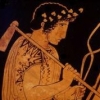
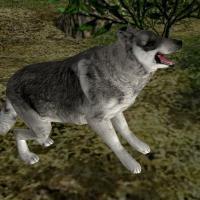
.thumb.png.ce58cea22940c255f5b0a735d5abee36.png)

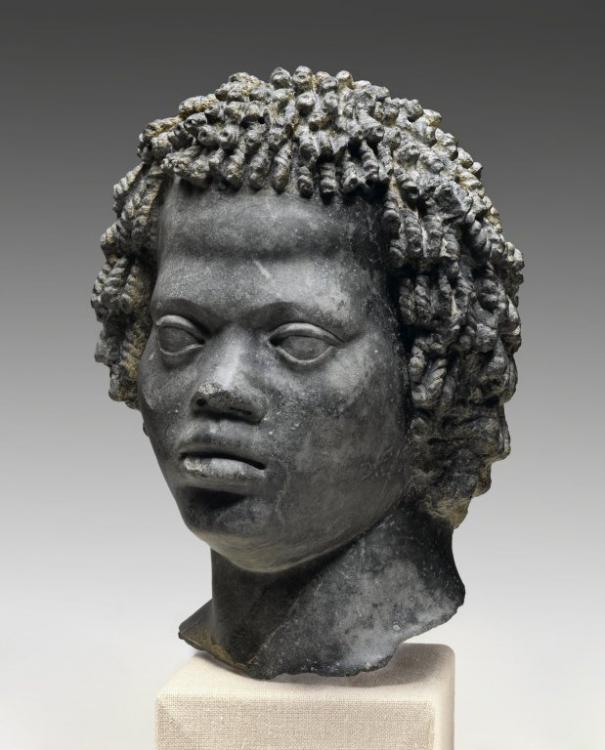
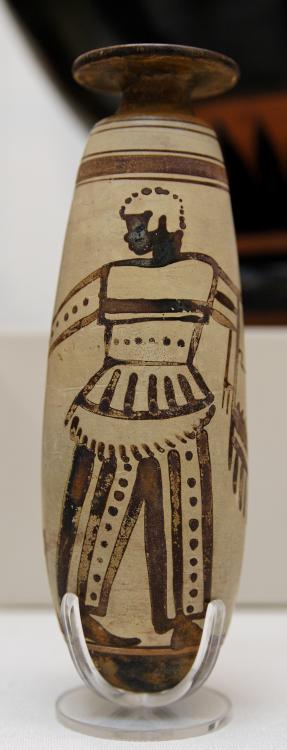
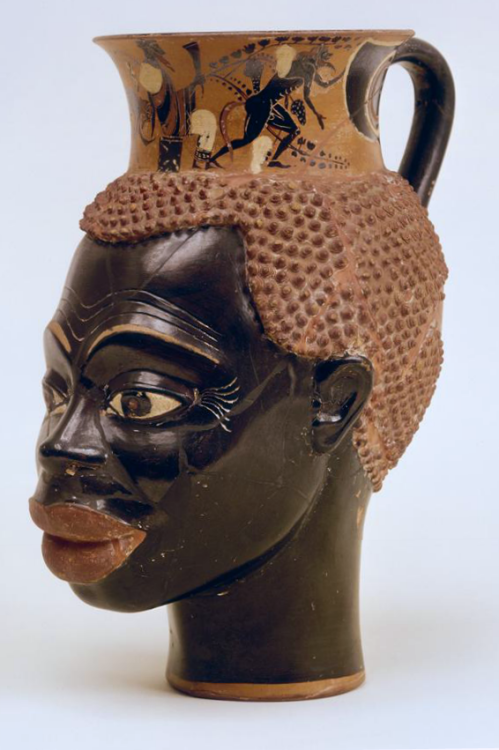
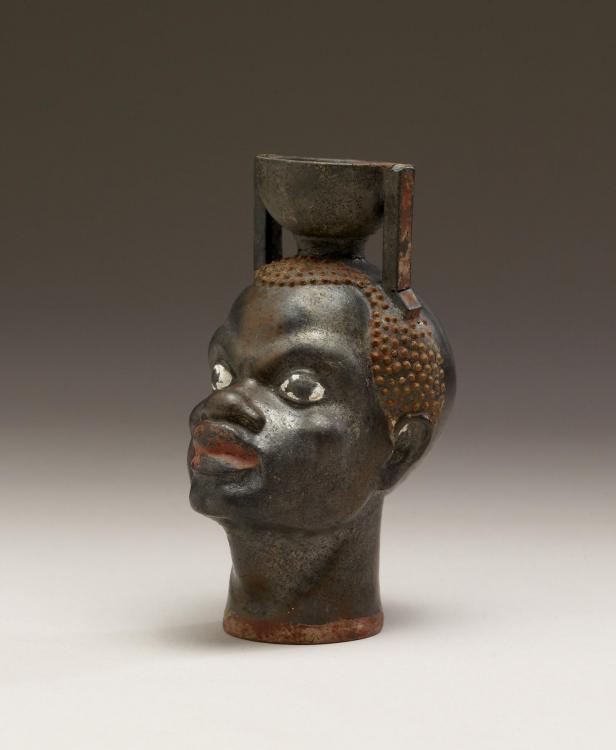
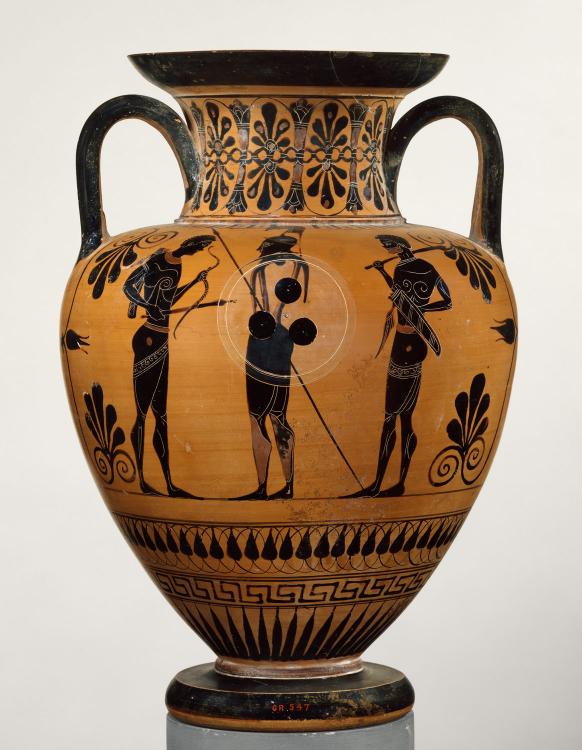
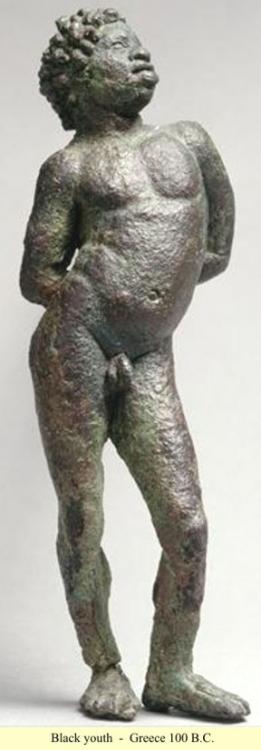

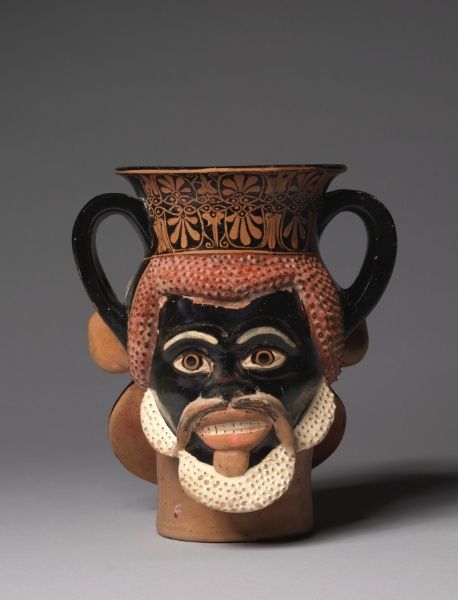
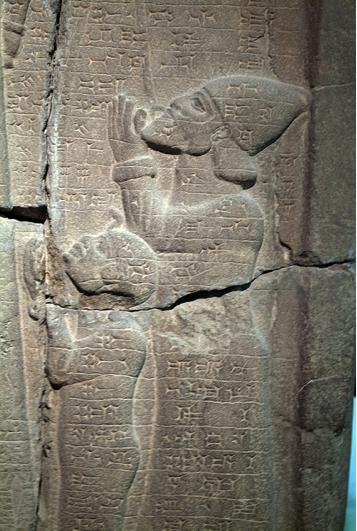
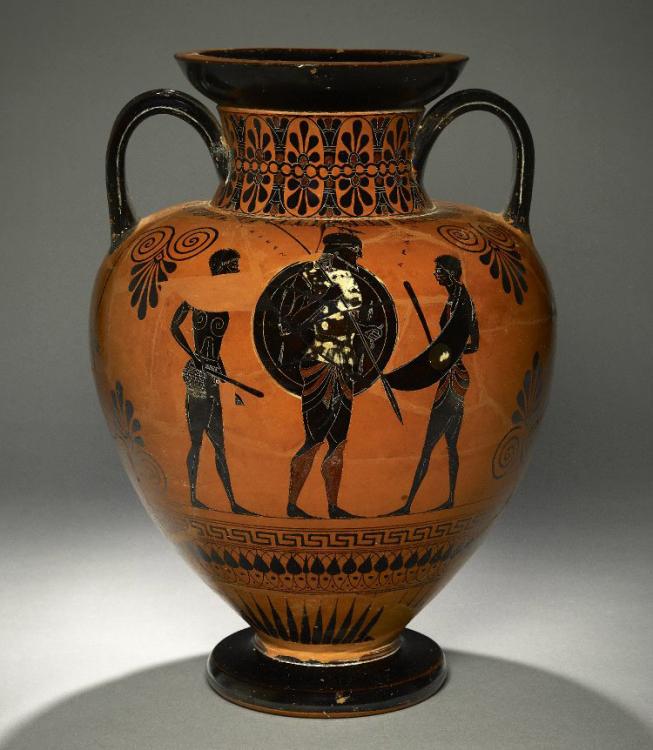
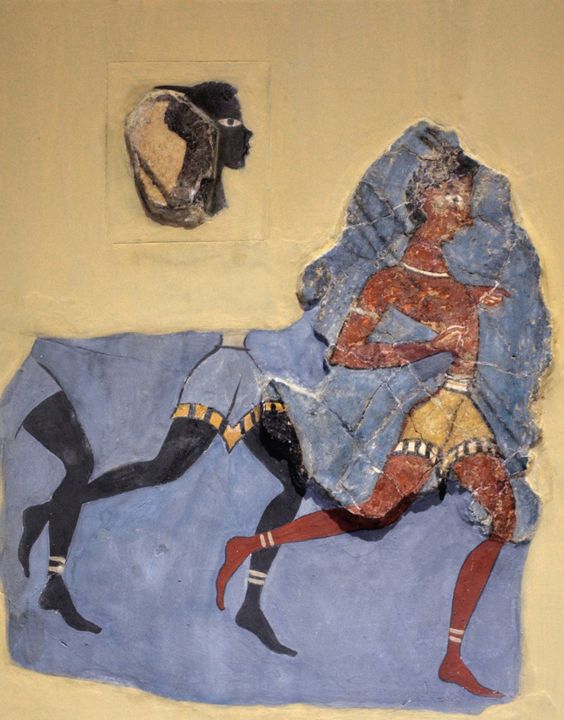
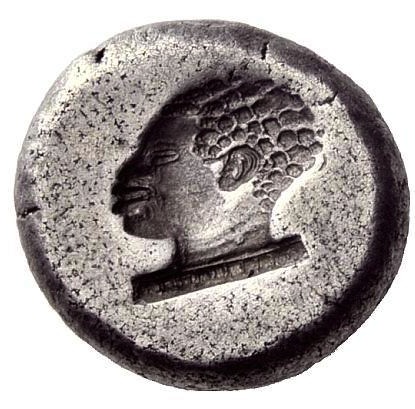
BCERoman.jpg.e54858b945b5a24bc96f98b9d1793379.jpg)
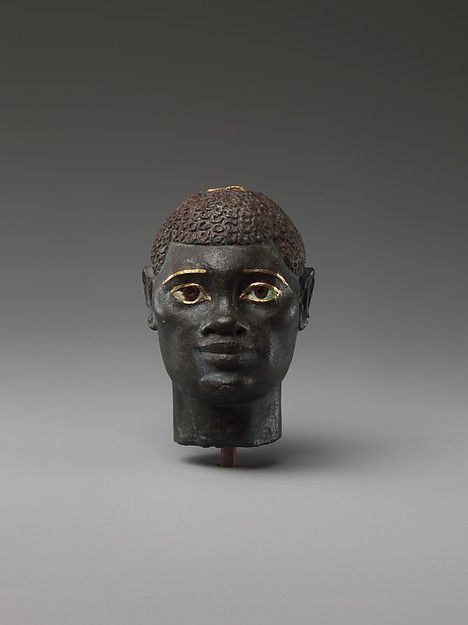
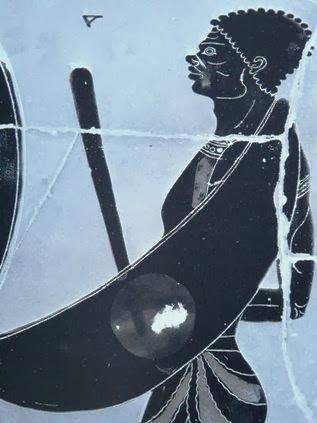
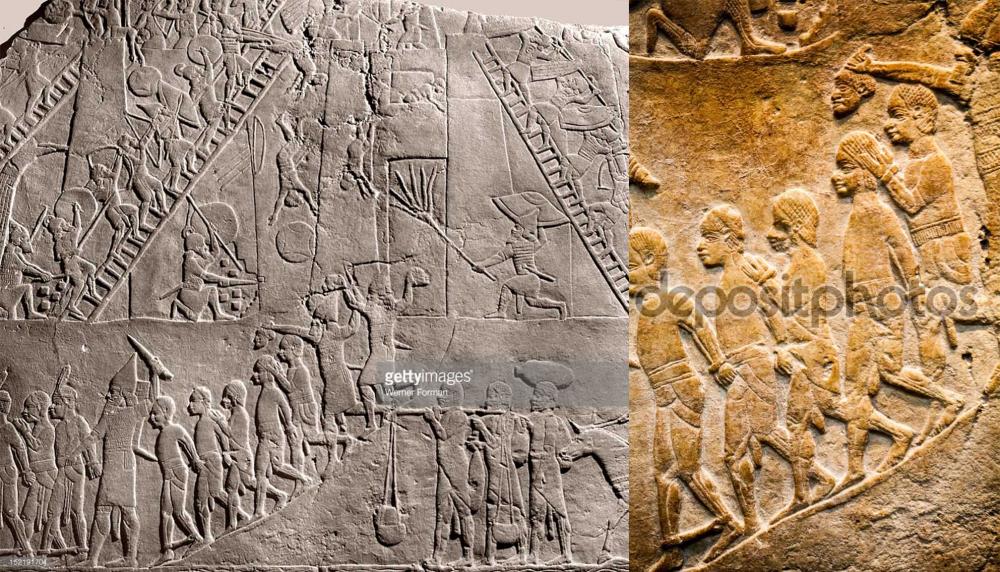
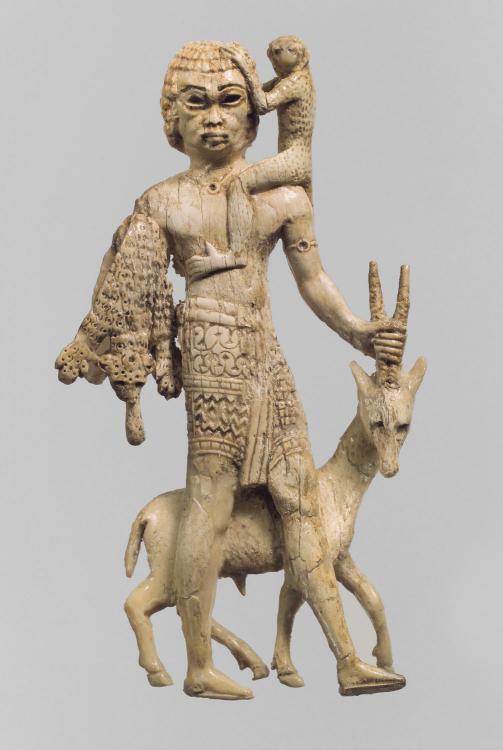
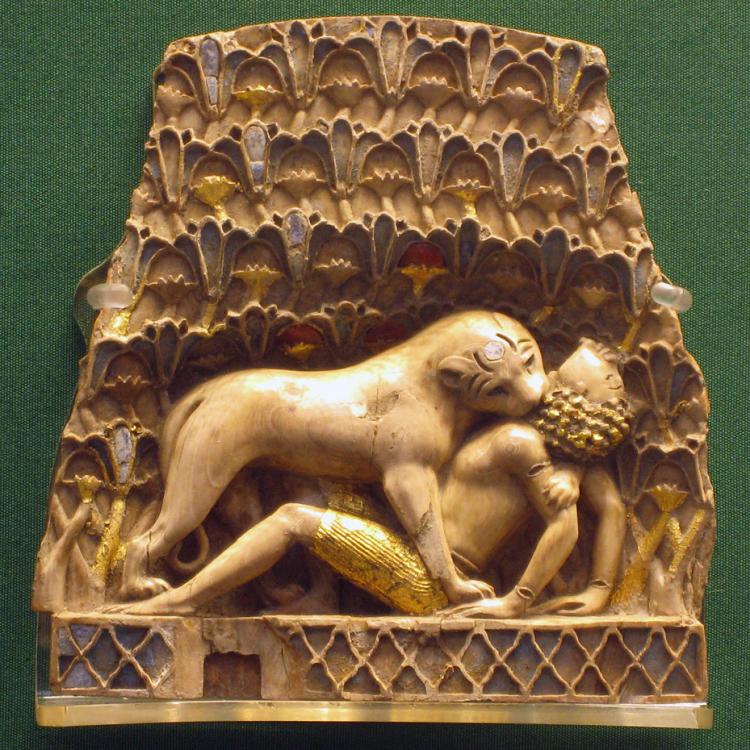
.Sotades(fl.350BC).jpg.528d6ff2bc75a9fa31721a99bfd35bd3.jpg)
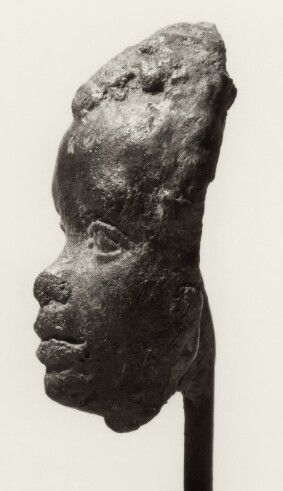
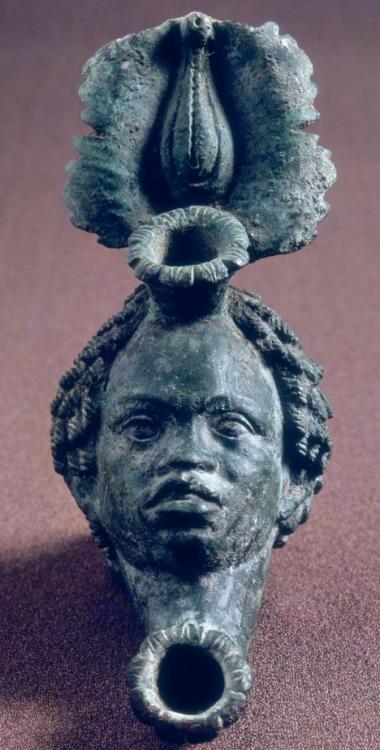
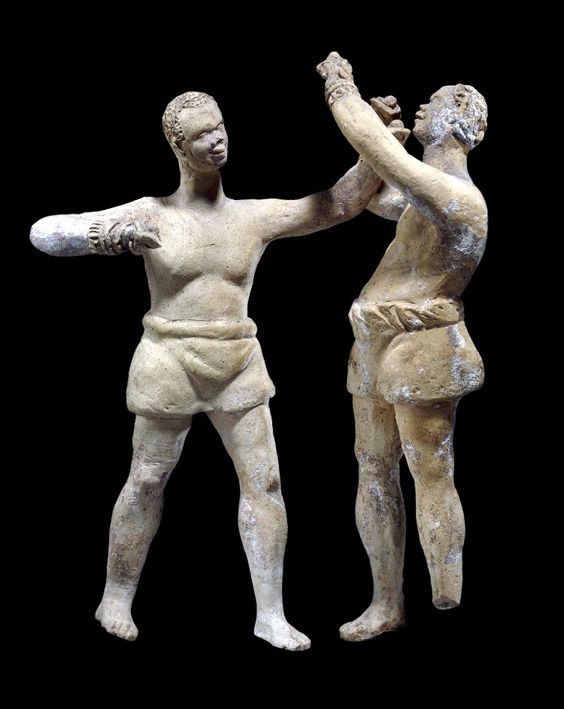
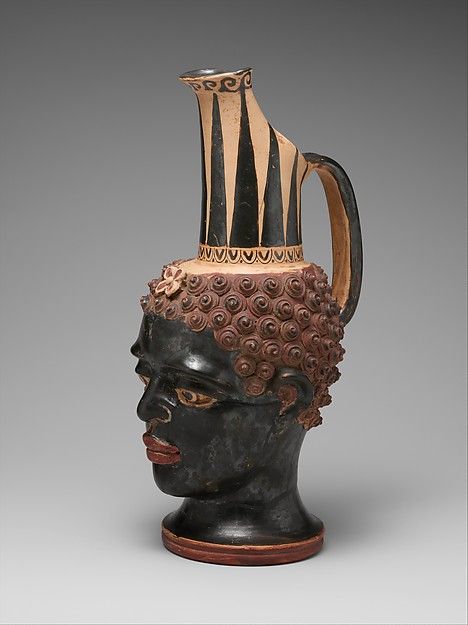
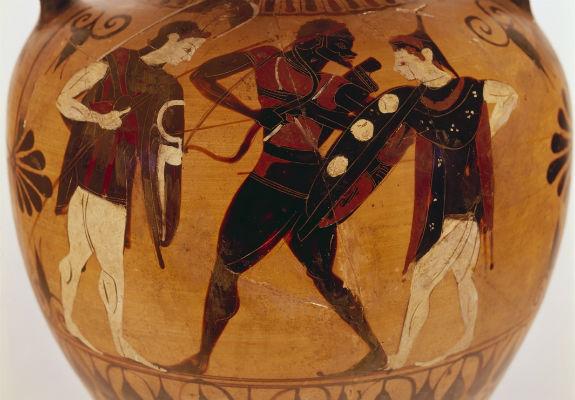
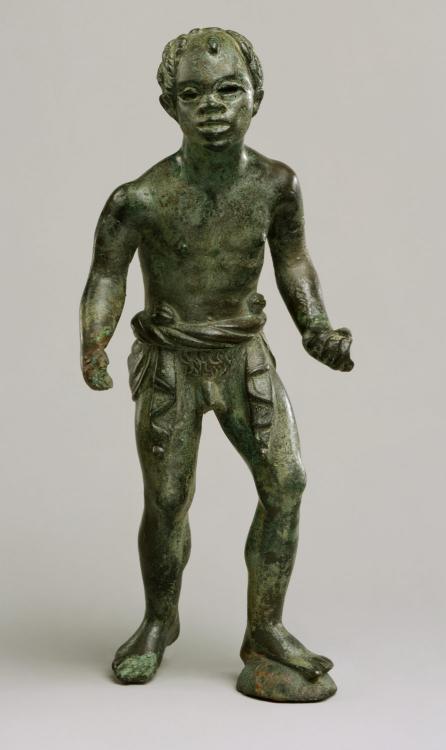


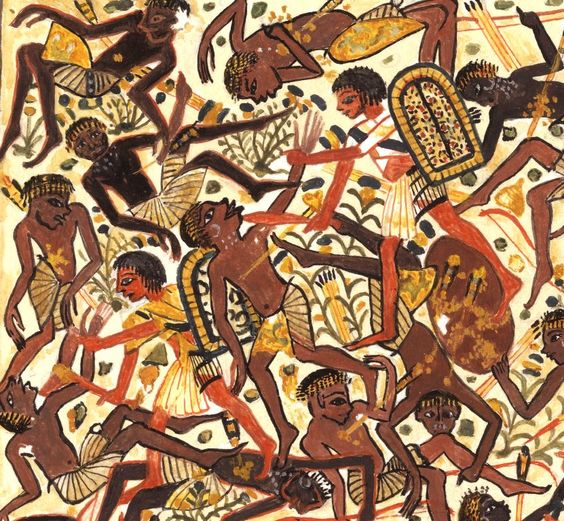
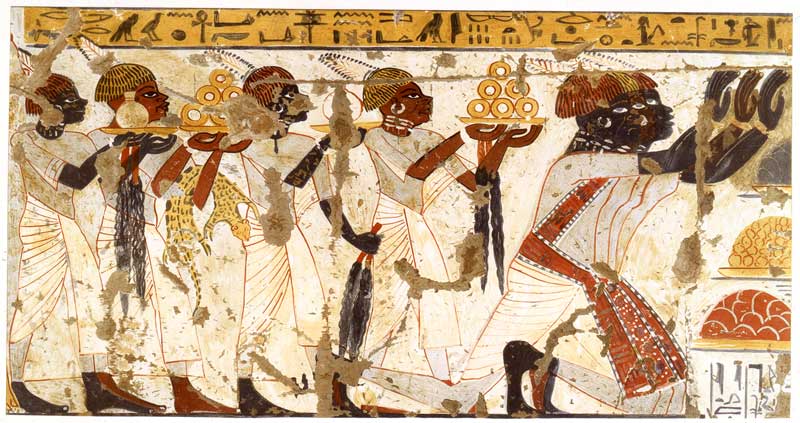
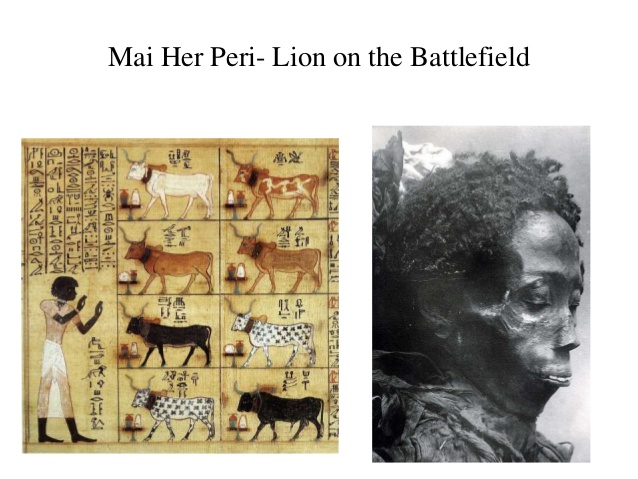
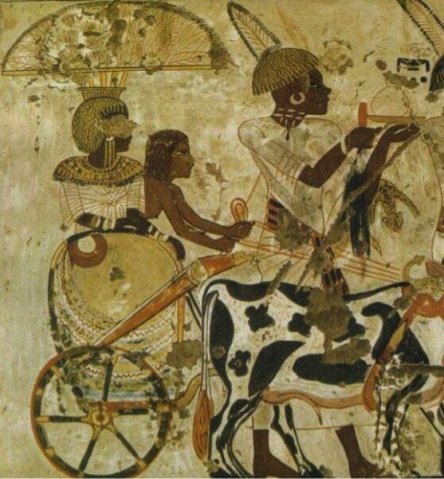
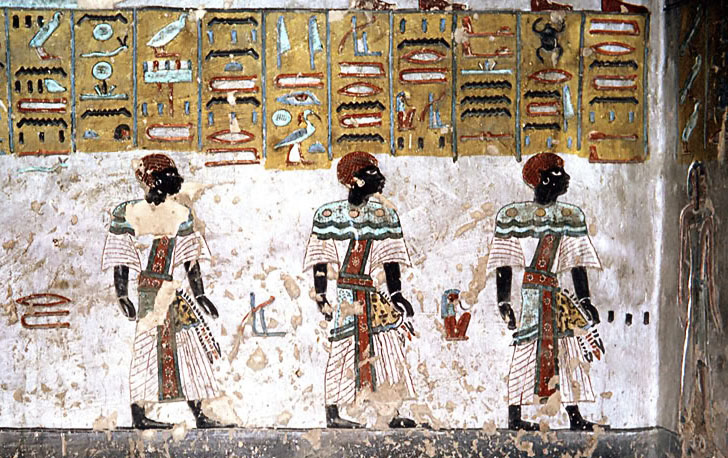
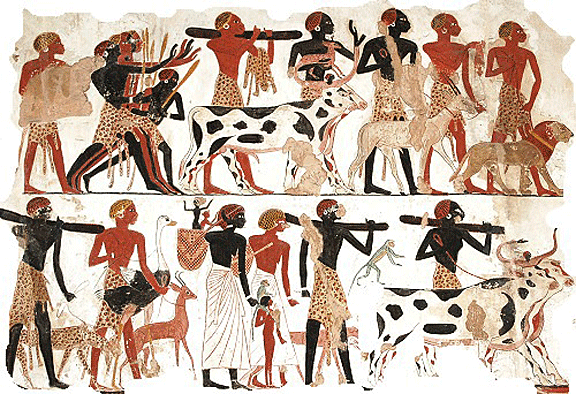
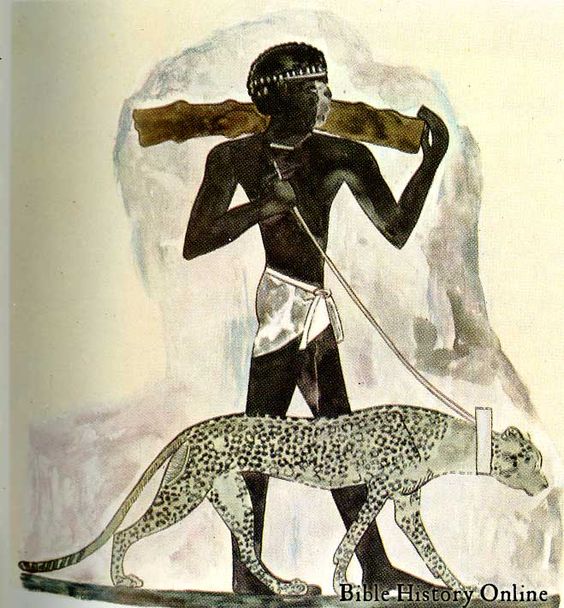
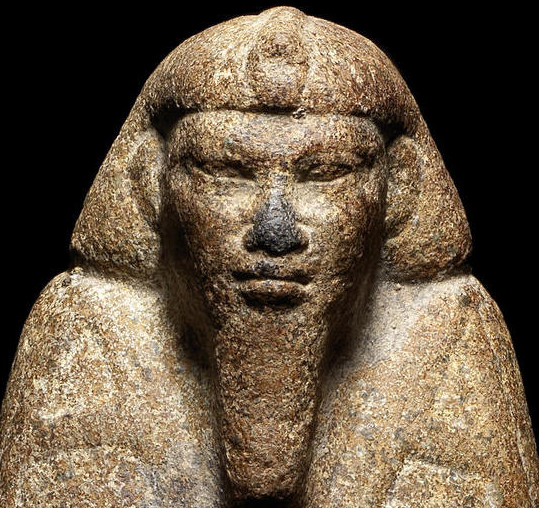
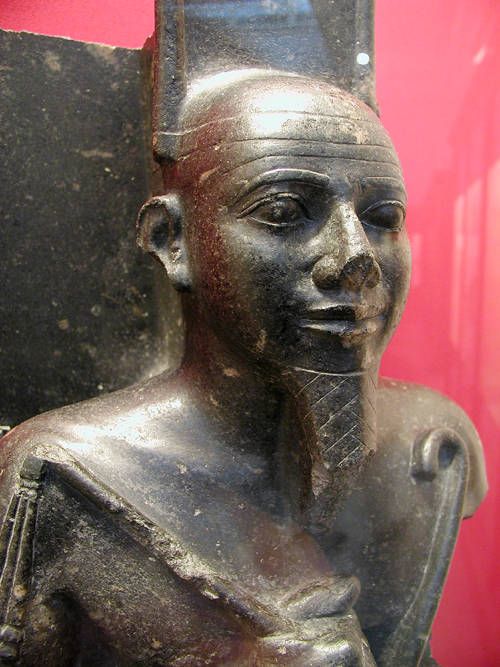
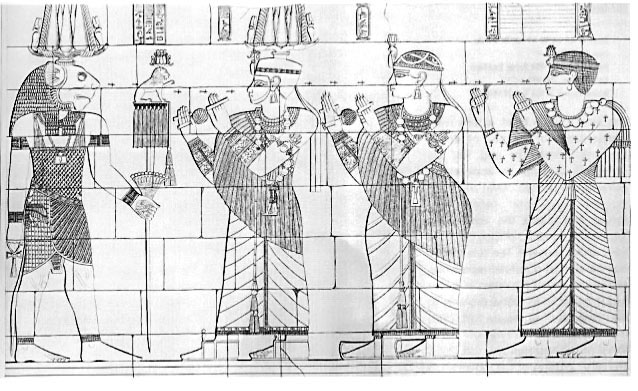
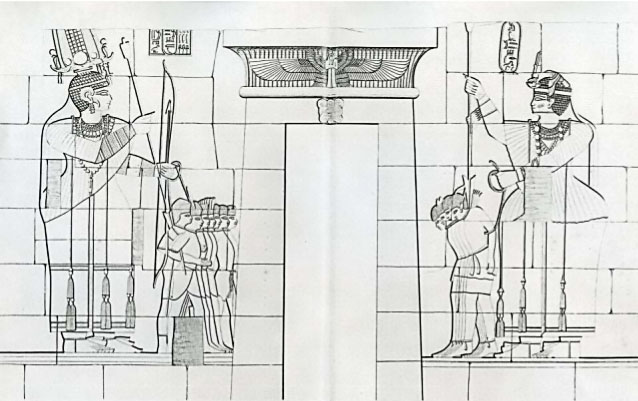
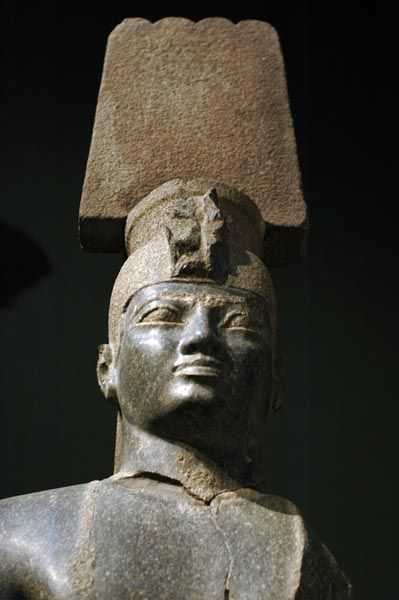
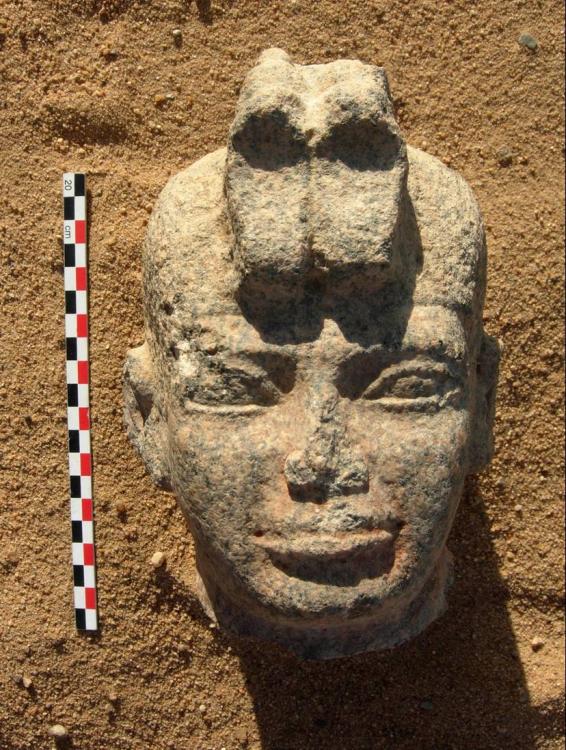

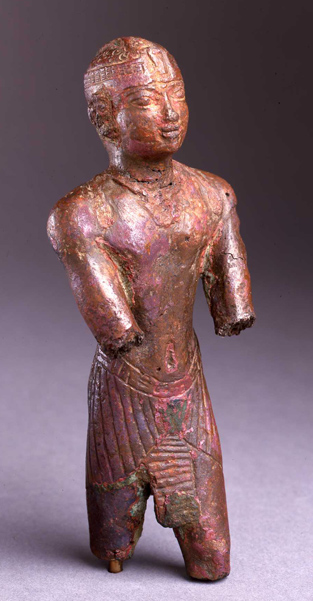
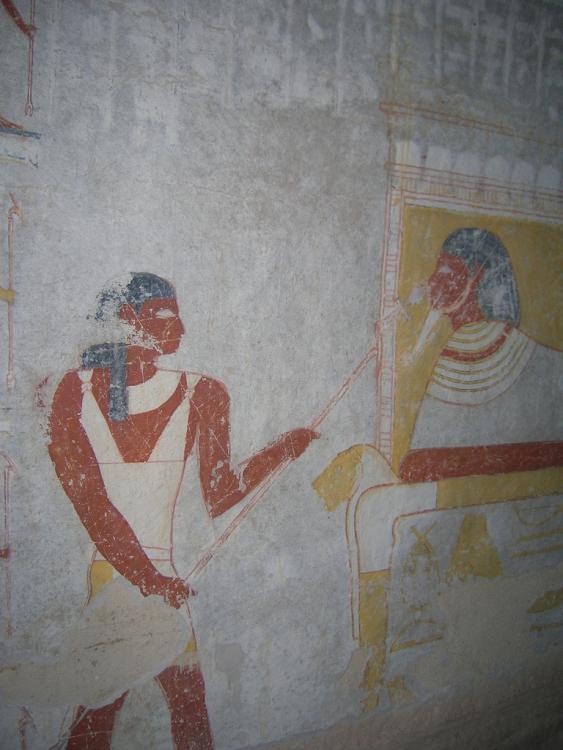
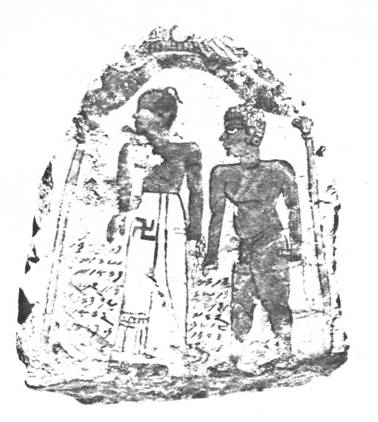
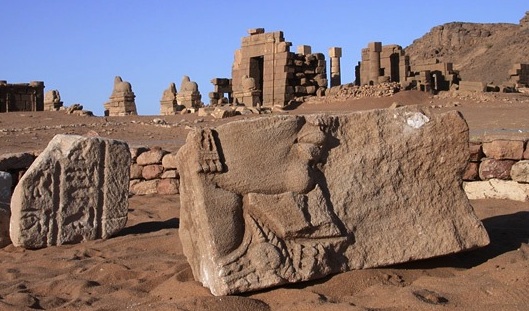
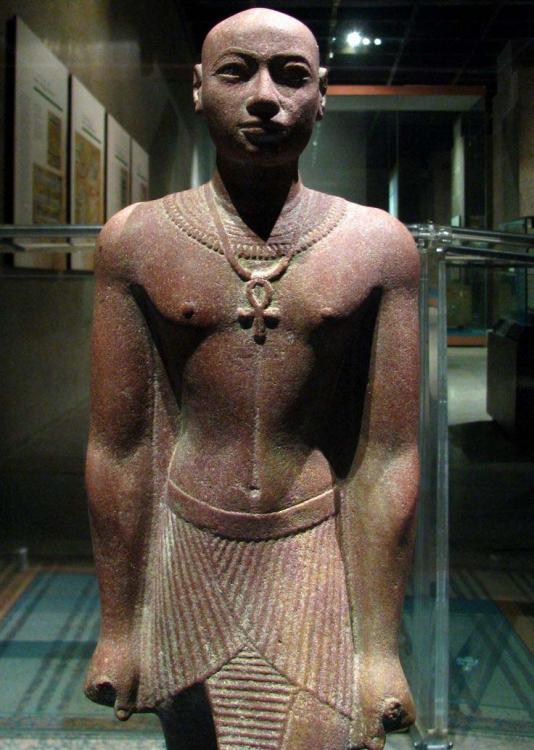
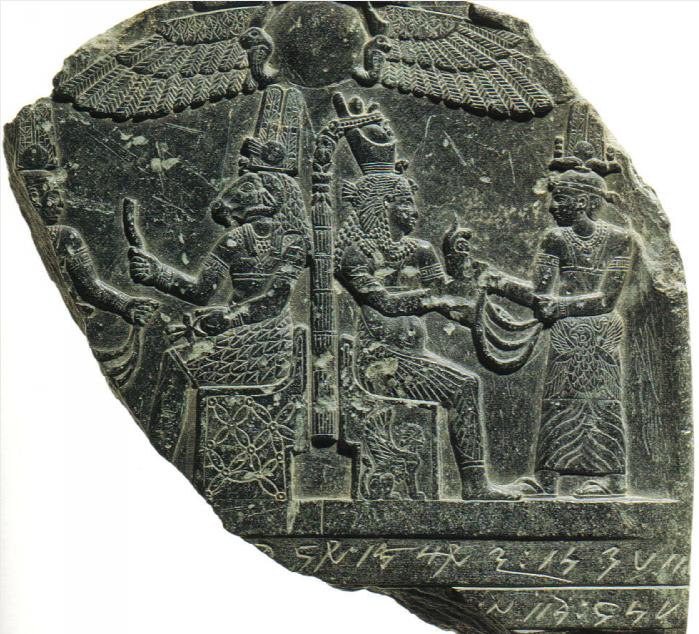
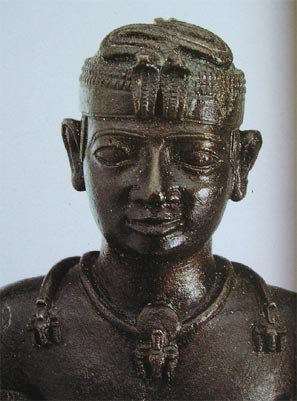
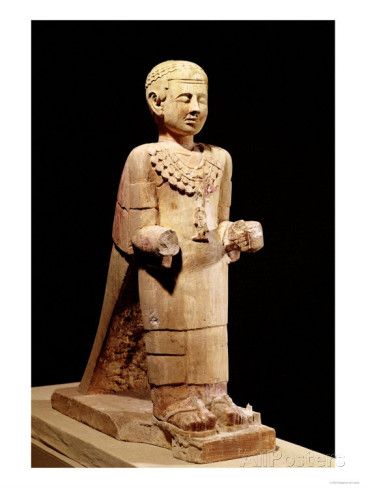
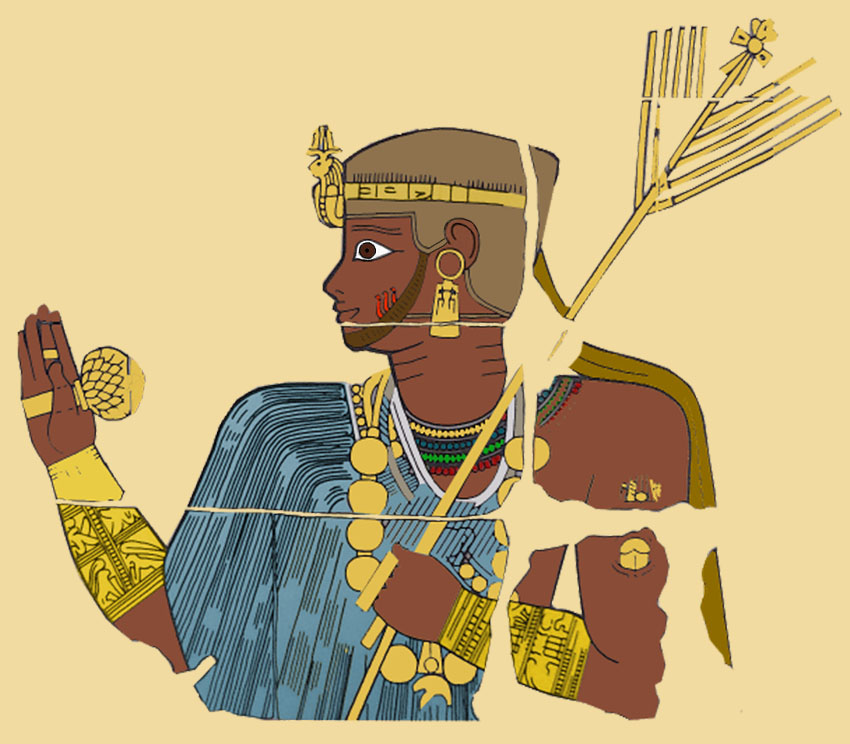
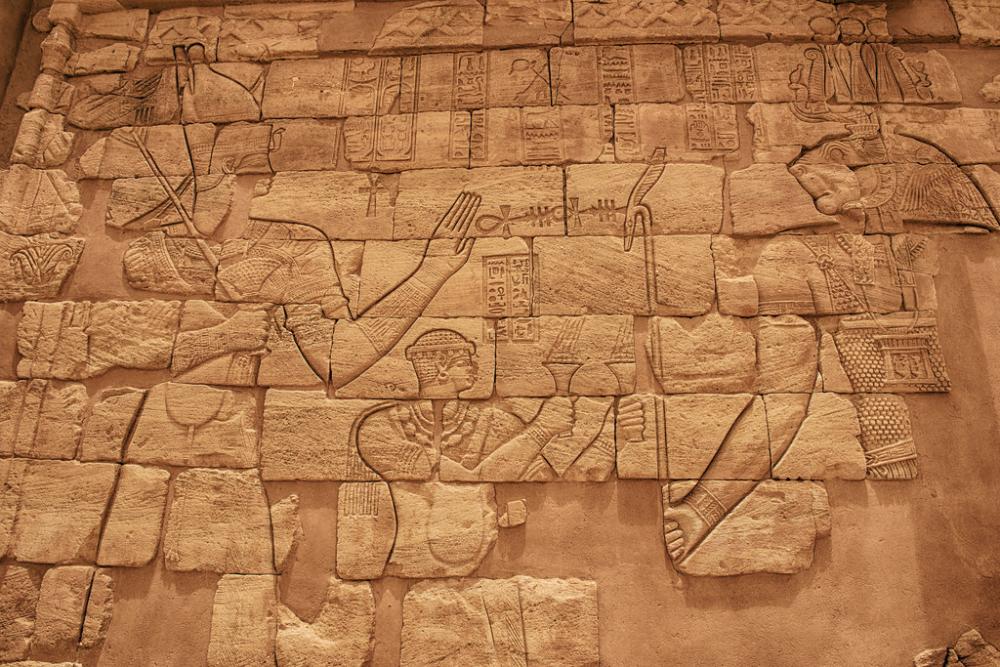
AmanitoresalutingApedemak.jpg.c24f7730a719cc49a78ae5d70ac50190.jpg)
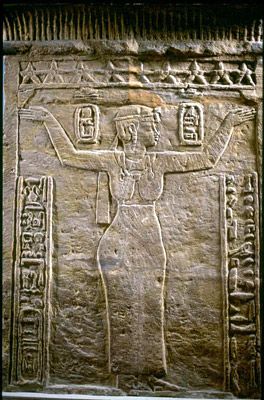
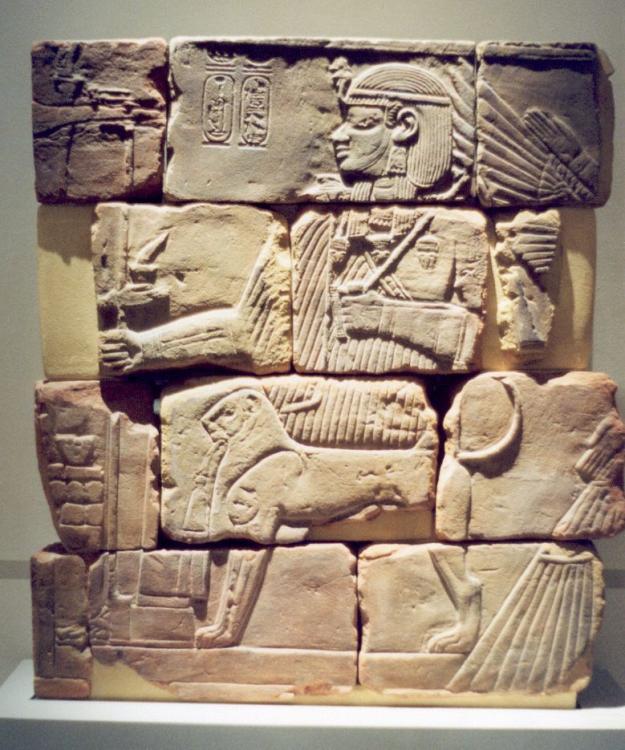
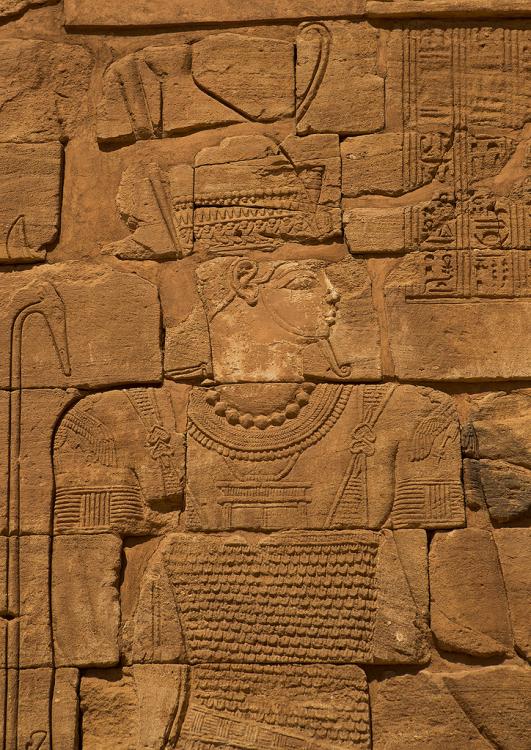
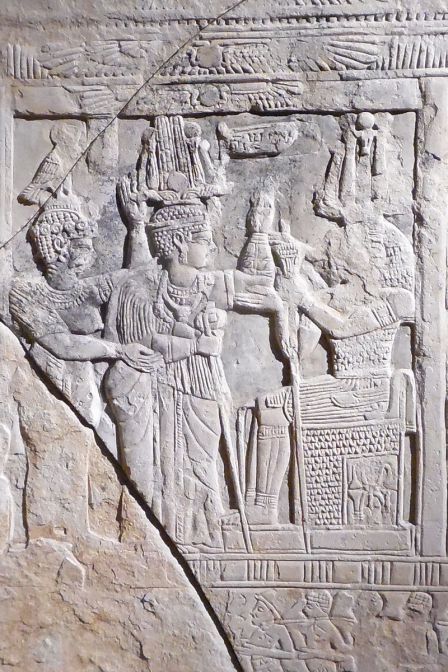
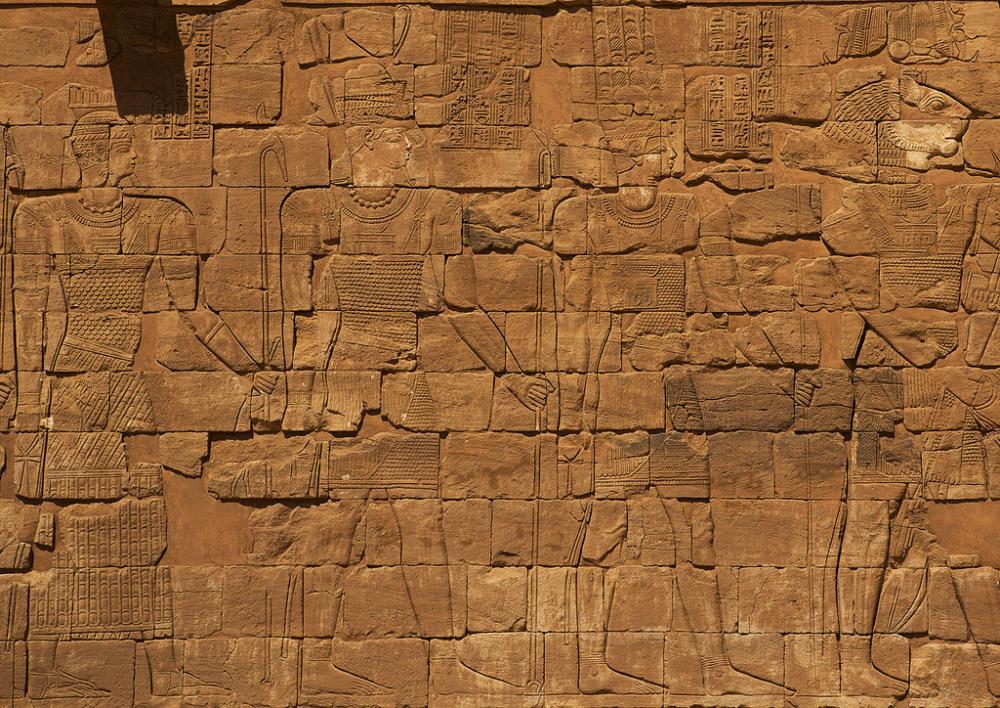
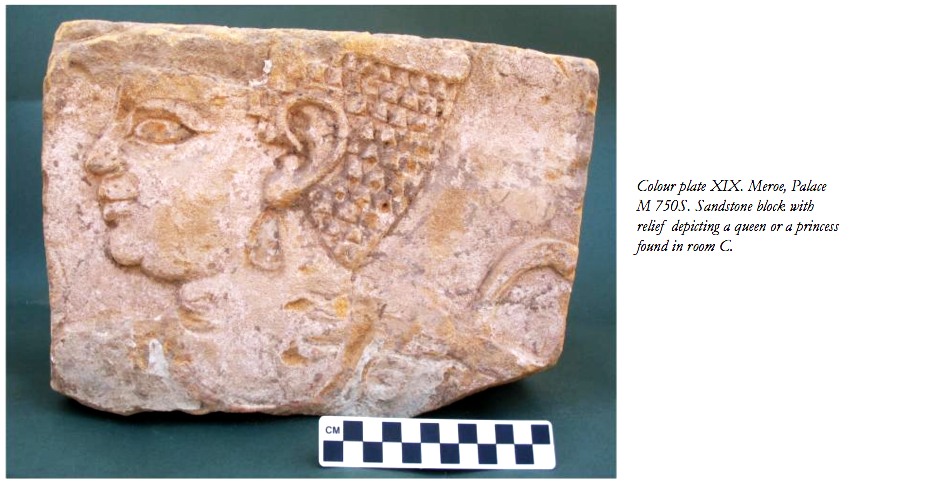
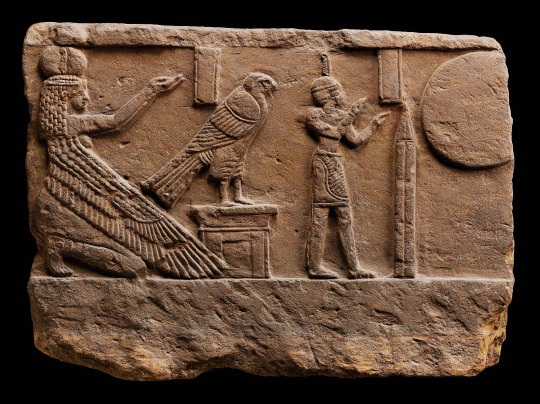
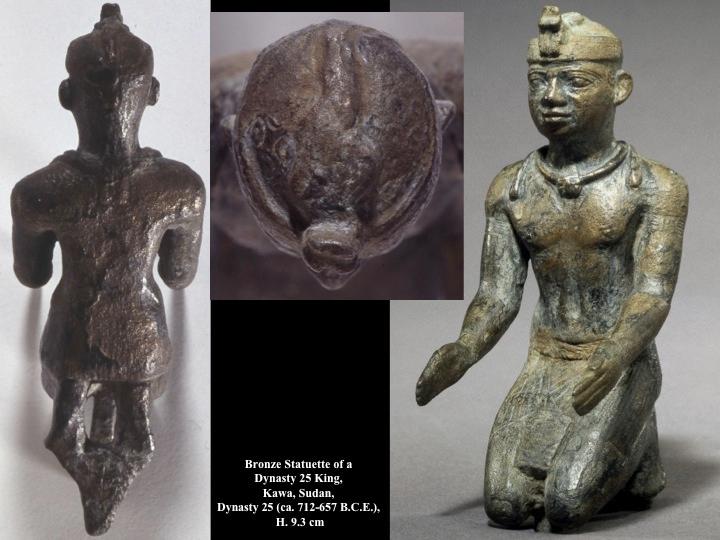
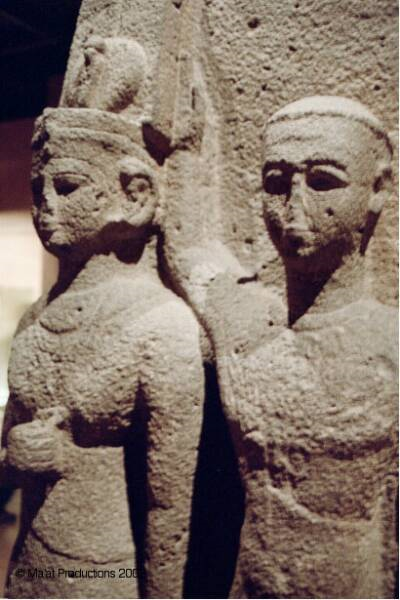
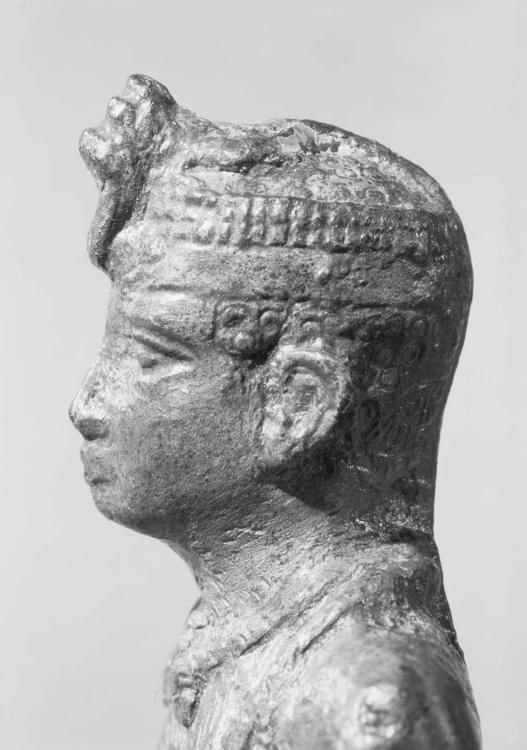
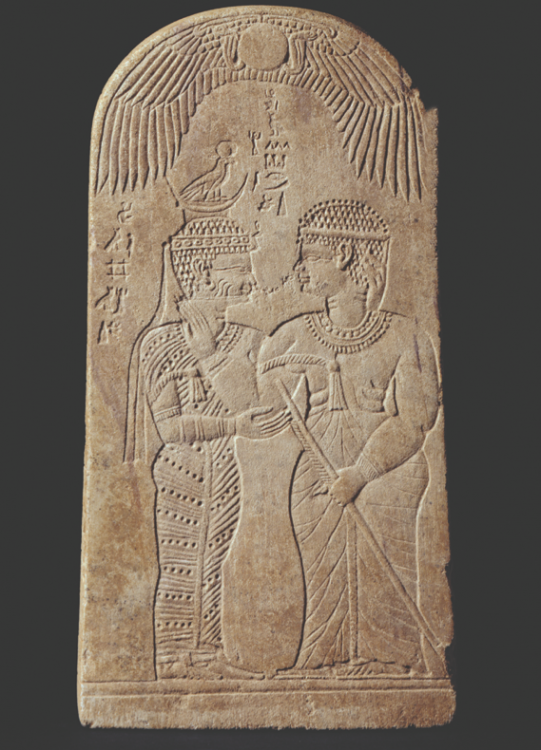
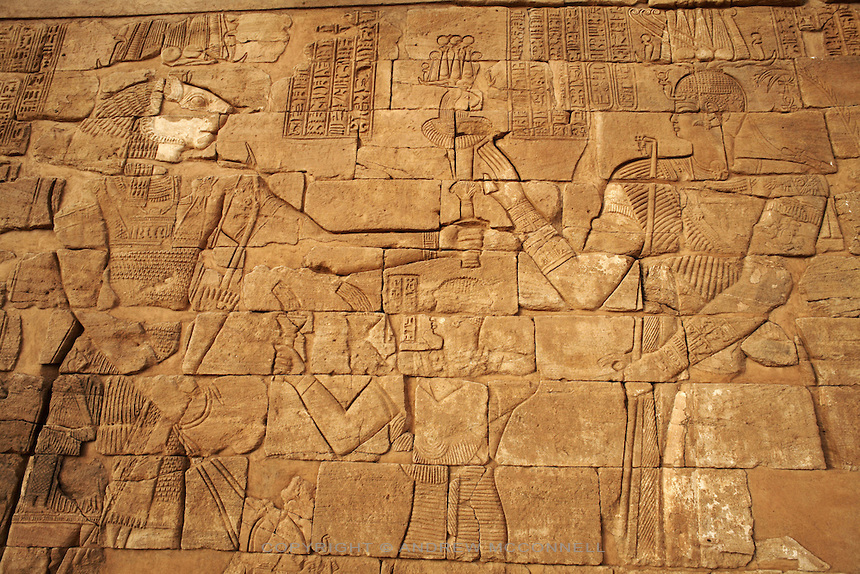
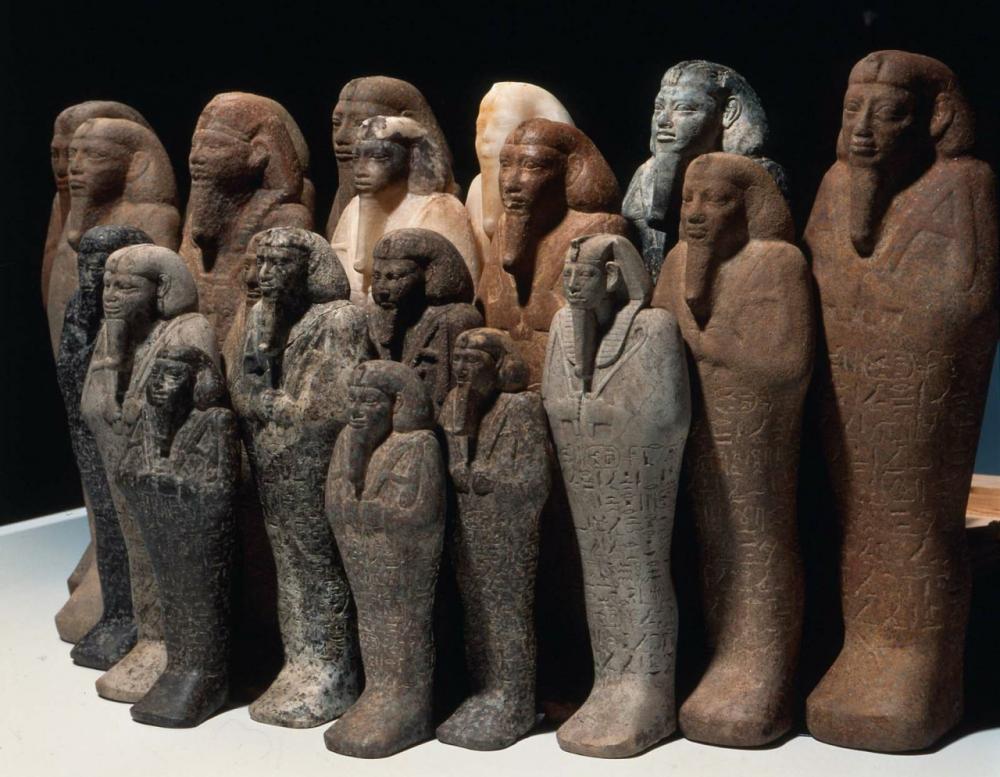
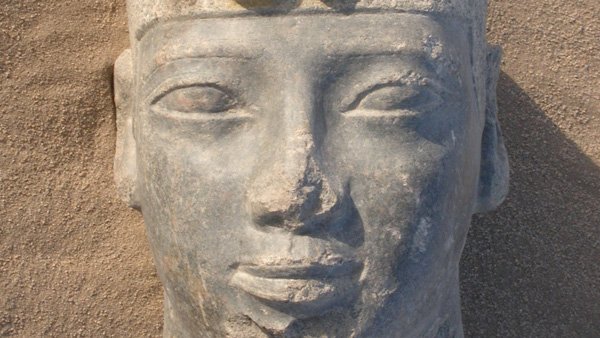
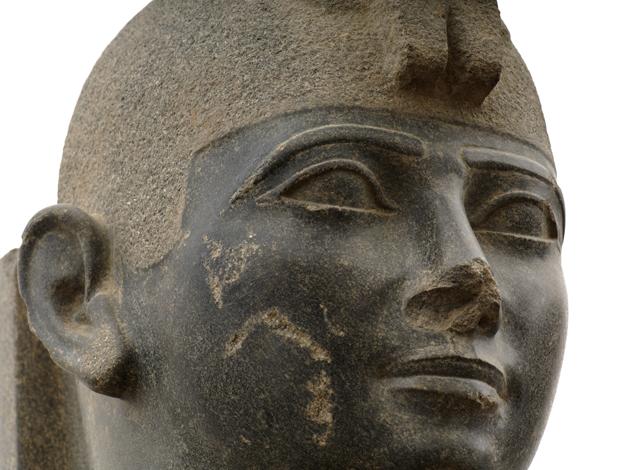
Naqa.jpg.cc911f0d6fffe5a8262a07060da743e7.jpg)
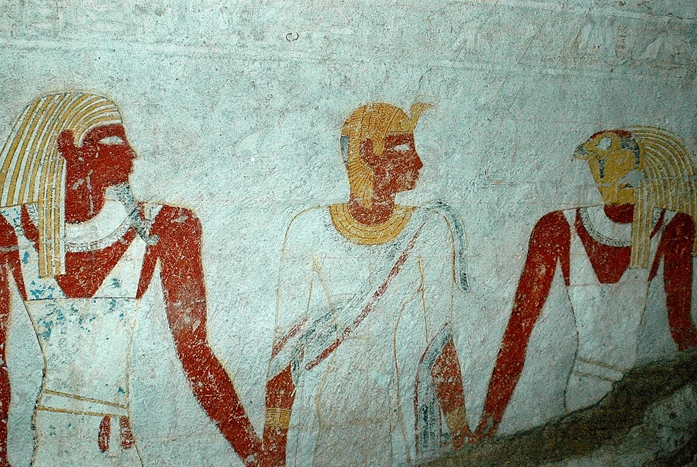
beingledtohisburialwearingKushitecapandureaus(royalcobra)ElKurru.jpg.c9b06190dd96d5b2d26a98cdf3346cf7.jpg)
